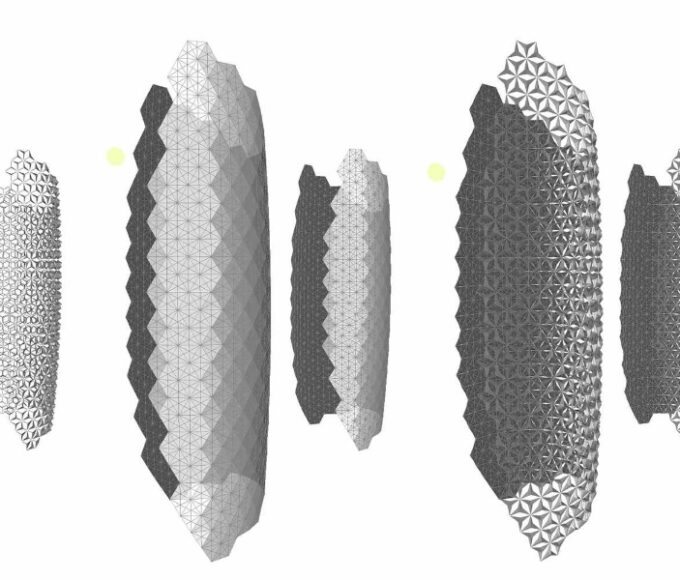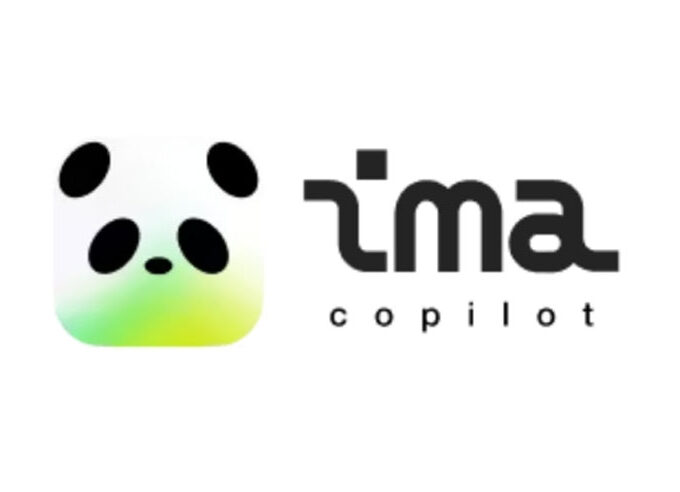A 4-person team, all post-2000s-born, starting a business from their dorm room, generating $6 million in annual revenue, attracting over 5 million users in two years, racking up more than 500 million views on social media, and boasting a profit margin of 20%-30%—the AI era is rife with such lean startup success stories, and Oleve is a standout among them.
Oleve is hard to define merely as a single product; it’s more like an “AI factory” that builds a user base by rapidly launching AI products and leveraging viral marketing. Its founders have a deep grasp of growth strategies tailored to the AI age.
In early 2023, Sid Bendre, a student at the University of Rochester, and three of his roommates launched Quizard AI, a math homework tutoring app. Users could scan math problems and get AI-powered guidance. For their cold start, they posted a video on TikTok with the headline, “ChatGPT and Photomath Had a Baby.” Overnight, the video hit 2.3 million views, and in less than 30 hours, the app gained 10,000 users. Later, they introduced a weekly subscription plan priced at $9.99.
Then, in August 2023, they rolled out a new app: Unstuck AI, a study assistant. In under 30 days, related videos on TikTok surpassed 250 million views; the app climbed to the 4th spot on the Education category chart in the App Store, and within 9 weeks, it acquired 8 million users.
What makes this company noteworthy? First, its lean organizational structure built for startups; second, its viral marketing and aggressive growth tactics; and third, its AI-native mindset—they describe their model as the “Pixar of consumer AI.”
In a video interview, CTO Sidhant summed up their “Lean Playbook” into four core principles: hiring the right people, prioritizing profitability, integrating as many workflows as possible onto a single platform, and never “learning the same thing twice.”
The “Pixar” Factory of Consumer AI
While Oleve’s two hit products target the education sector, it’s misleading to label the company an “AI education firm.” Oleve prefers to call itself the “Pixar of consumer AI.”
When Oleve launched its first product, Quizard AI, the market was already crowded with similar photo-based problem-solving apps—even OpenAI later rolled out a comparable tool.

Initially, Quizard AI was just a photo-based problem-solving tool for the founders’ personal use, with relatively low technical costs. Back in early 2023, OpenAI had not yet opened its general large language model API. To build the product, the Oleve team resorted to a bold workaround: cycling through multiple accounts to access OpenAI’s Codex model (an AI agent developed by OpenAI) for processing student questions.
This approach drastically cut initial computing costs and allowed them to quickly validate the product’s viability.
Codex was originally designed by OpenAI for programming tasks, but Oleve used clever prompt engineering to enable it to handle natural conversations. Eventually, the company became the top user of OpenAI’s Codex model. Later, Oleve switched to the paid GPT-3.5 API—a move that forced them to focus more on monetization. By then, however, they had already passed the initial debugging and testing phase, securing a valuable time window and first-mover advantage for their products.
Soon after, they launched Unstuck AI, their study assistant app. Unstuck lets students upload various formats of study materials—PDFs, PPTs, class recordings, YouTube videos, lecture notes—and converts these unstructured materials into an interactive, traceable knowledge library. When students ask questions about the content, Unstuck’s responses include precise citations of sources. This not only addresses the potential “AI hallucination” issue but also ensures the answers are reliable and trustworthy.
The team adopted even more aggressive growth tactics for this study assistant. They used handwritten sticky notes and trending TikTok audio in their videos; every clip featured the background style of MrBeast, a viral celebrity on TikTok. They also conducted on-street interviews at universities and turned those into videos. The results spoke for themselves: in 30 days, their TikTok videos hit 250 million views, and the app gained 8 million new registered users in 9 weeks.
On social media, the Oleve team maintains high engagement. Whether in TikTok comment sections or other platforms, the founders personally reply to user questions—they even post videos demonstrating the app’s problem-solving process to prove its effectiveness. This open attitude—welcoming skepticism, communicating promptly, and relying on facts—has helped them connect with users and build a trustworthy brand image.
Oleve also places great emphasis on transparency in its payment model. For example, Quizard AI made it clear to users from day one that some premium features required a subscription. The team isn’t afraid to set paywalls, but that doesn’t mean forcing users to spend money unnecessarily.
Their strategy is to lower the barrier to first-time payments. In the early days of launch, Oleve’s products used a “free + weekly subscription” model. Compared to monthly or annual subscriptions offered right at launch, weekly subscriptions have a smaller price tag, reducing the decision-making hurdle for new users. Users can subscribe based on their actual study needs without making a long-term commitment. This user-friendly, flexible pricing strategy significantly boosted both first-purchase conversion rates and subsequent renewal rates.
After their products went viral, Oleve joined the Neo accelerator program and later secured an angel round of funding.
Either Hire No One, or Hire the Right People
Oleve has maintained a small-team structure since its founding. Initially, it consisted of three University of Rochester roommates—Michael Giardino, Sid Bendre, and Achraf Golli—with Ben Or-Chen later joining to form the 4-person core team. By 2025, the team had expanded to just 6 people. Despite its small size, Oleve operates with exceptional efficiency, clear division of labor, and a well-structured system.
Team roles are divided into two key positions:
Product Engineers (dubbed “Harvesters”): Similar to Palantir’s “Deltas,” they focus on refining user experience and product features to drive rapid product scaling. Their responsibilities span from defining user needs and designing features to coding, A/B testing, and iterating based on user feedback.
AI Software Engineers (dubbed “Cultivators”): Like Palantir’s developers, they focus on platform building—constructing the company’s Agent system, developing automation tools, and scaling infrastructure that supports all products. This includes creating unified prompts, recommendation systems, and testing pipelines.
Oleve has a systematic process for rapid iteration and improvement, which it uses to review and address inefficiencies in workflows. Profitability is a top priority for this small team: each member owns a key performance indicator (KPI) and drives progress toward meeting that KPI every week. They adhere to the principle of “never learning the same thing twice”—once a strategy proves effective, they quickly replicate it. For instance, the marketing and growth tactics that worked for their first product were rapidly applied to the second; eventually, they even automated this entire marketing workflow.
Unlike many AI products that have become increasingly complex (e.g., Duolingo), Oleve has adopted a new “startup studio”-like model. It accurately identifies user pain points and constantly keeps pace with the latest AI trends. While this approach may not be suitable for scenarios requiring in-depth expertise in specific vertical industries, it excels at recognizing user needs in relatively lightweight consumer-facing scenarios. The market scale is large enough to give “small yet refined” products a chance to succeed—and this is precisely the dividend of the AI era.












